High above the streets of New York City, the stepped dome of the Chrysler Building shines. Triangles in a sunburst pattern crown the building, and its decorative cladding is cut into geometric shapes. Eight eagle buttresses keep watchful eyes over the city. Closer to the ground, decorative masonry is a bit more playful with car-inspired friezes. Whimsical circles and sharp chevron patterns cover the building.
The Chrysler Building has come to represent a style of art and architecture that became synonymous with the Roaring ’20s: Art Deco. As we approach the 95th anniversary of the exhibition that popularized the look (the Exposition Internationale des Arts Décoratifs et Industriels Modernes) and enter another decade of the ’20s, we’re taking a look back at the style and and seeing how you can bring its timeless glamour to your home.
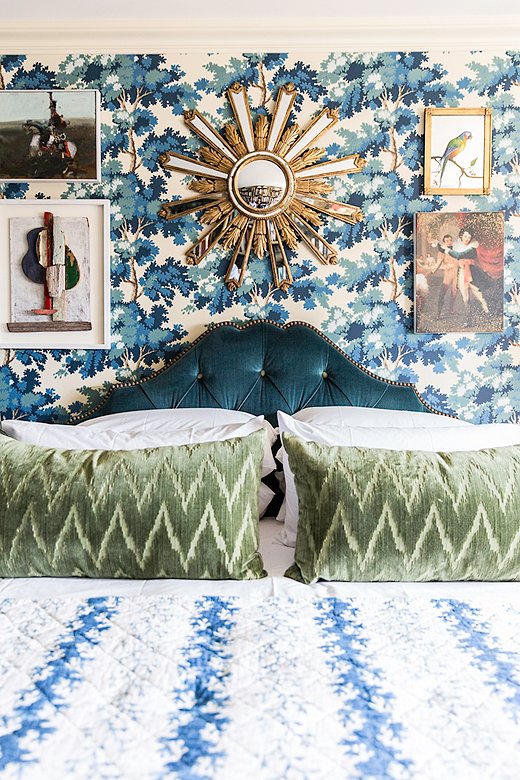
Elements of Art Deco, such as sunburst mirrors, transcend trends and have remained permanent pieces of the designer’s arsenal. Photo by Lesley Unruh.
Shape Shifter
Geometric shapes are the bedrock of Art Deco. These triangles, sunbursts, and stepped elements, while streamlined, were rooted in a sense of whimsy that was popular during the Art Nouveau movement that preceded Deco. Art Deco creators married that whimsy with the cubism that was growing increasingly popular thanks to the works of Pablo Picasso and Georges Braque. Lines were straightened; points were sharpened. At the same time, the discovery of King Tut’s tomb in 1922 led to a fascination with all things Egyptian—hence the prominence of pyramid shapes and ancient motifs.
The Bauhaus movement that rose in the years after World War I also influenced Art Deco, as architects tempered the fancifulness of Art Nouveau with a dose of functionality and practicality. Miami’s Art Deco Historic District is the perfect example Art Deco flair and Bauhaus practicality.
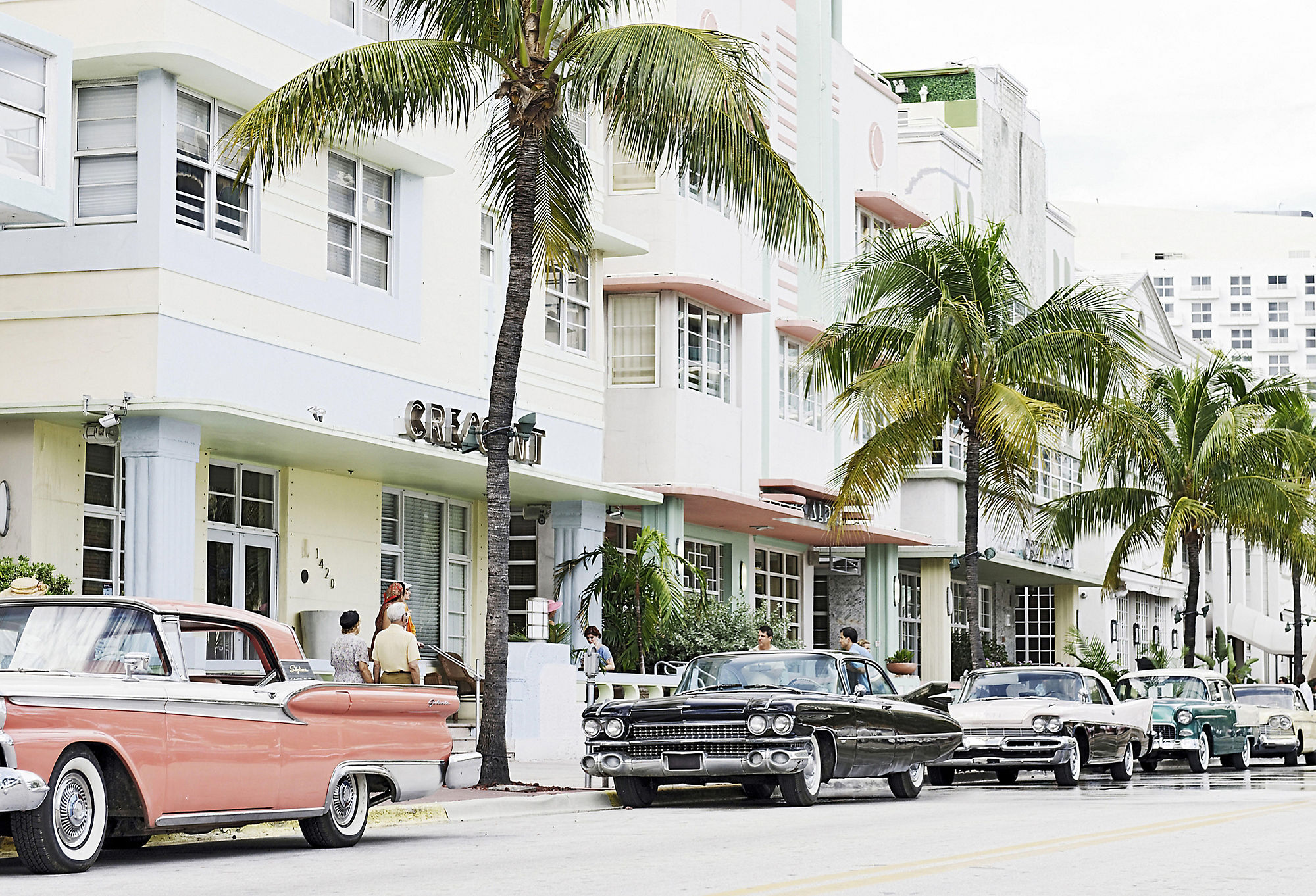
Miami’s Art Deco Historic District
Go for Glam
When you think of Art Deco, you probably think of chrome. Chrome, stainless steel, and other metallic finishes were being invented and perfected at this time. These new materials tied in with an emphasis on futurism and technology, which led to their being showcased in furnishings.
Art Deco was more than shiny metals, however. The obsession with ancient Egypt and other long-gone cultures generated a renewed interest in the use of ivory, ebony, and lacquered woods. And the rich colors of the groundbreaking Ballets Russes and rediscovered Asian art, along with the era’s economic exuberance, encouraged the incorporation of gem-colored fabrics as well as, conversely, the sharp, energetic contrast of black and white. The result was a look of tasteful extravagance, brilliant luxury, and unbridled optimism.
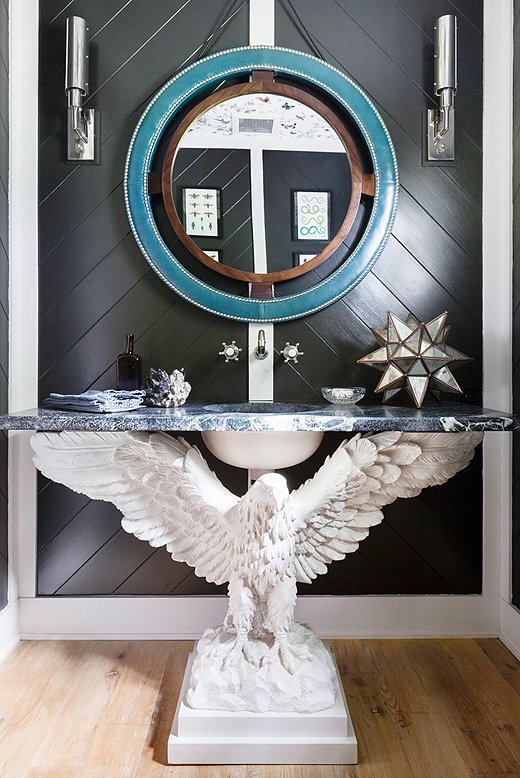
Touches of chrome and a convex mirror give this space a Deco exuberance. Photo by Lesley Unruh.
Art Deco Today
As the Roaring ’20s gave way to the Depression and World War II, the optimism and energy of Art Deco were seen as naive, misguided, and wasteful. But decades later, tastemakers revisited many of its core elements, which continue to influence design. Chrome lighting, velvet upholstery in rich colors, and glossy lacquered furniture and accents still signify glamour. What’s more, the streamlined silhouettes maintain a timeless versatility.
Bringing the lush colors and plush texture of a Chinese Art Deco rug into a minimalist room instantly amps up the energy level. Introducing a mirrored table into a small or dark space immediately brightens it up. Adding a smoothly curvaceous Lalique perfume bottle to the top of your vanity imparts an unmistakable allure. No matter what the overall aesthetic of your home is, touches of Art Deco beauty bring with them lightness, brightness, and optimism—and what home couldn’t benefit from that?
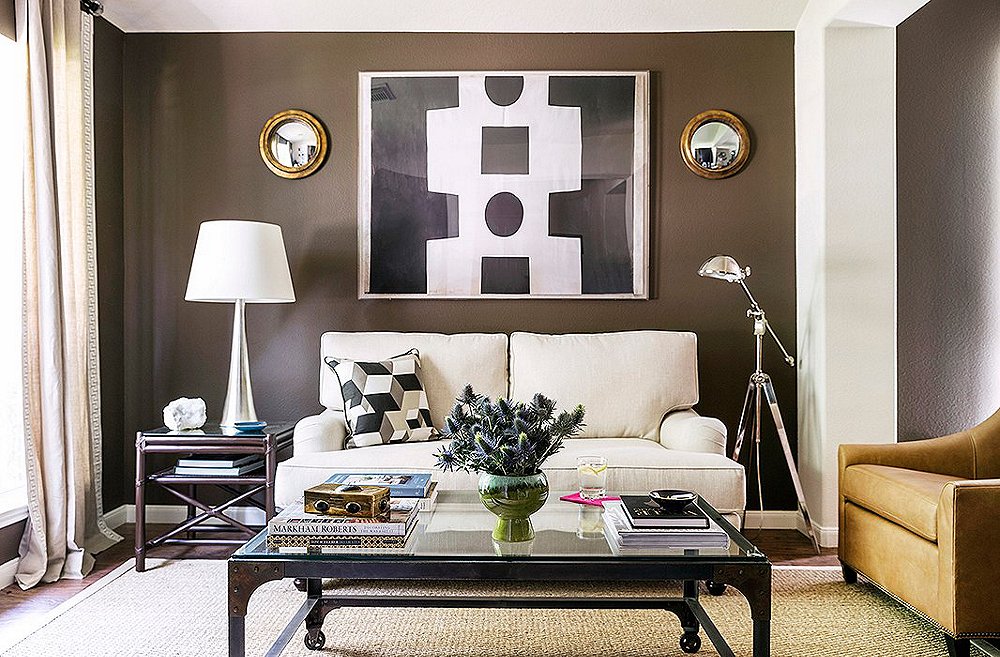
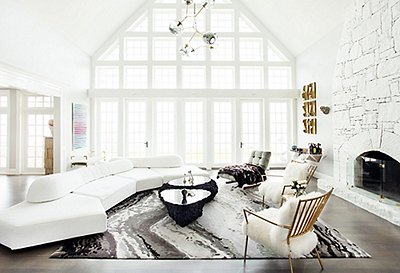

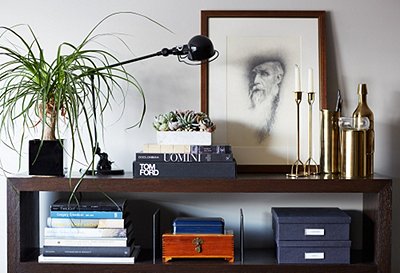
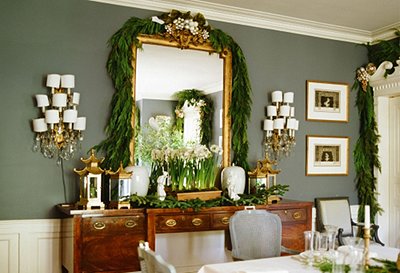
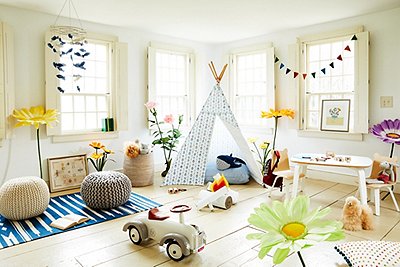
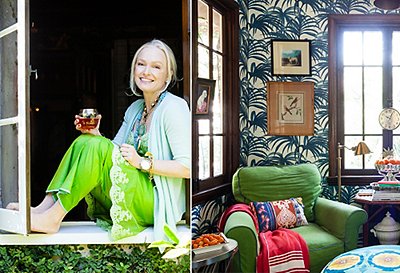
Join the Discussion